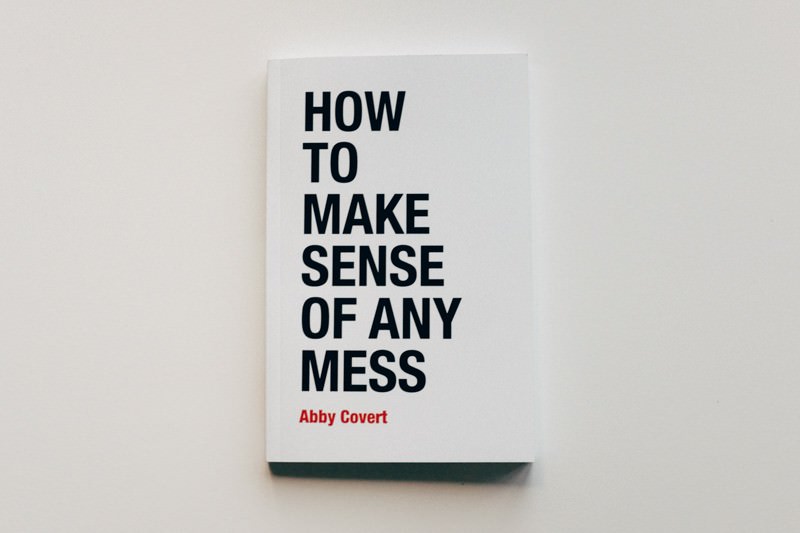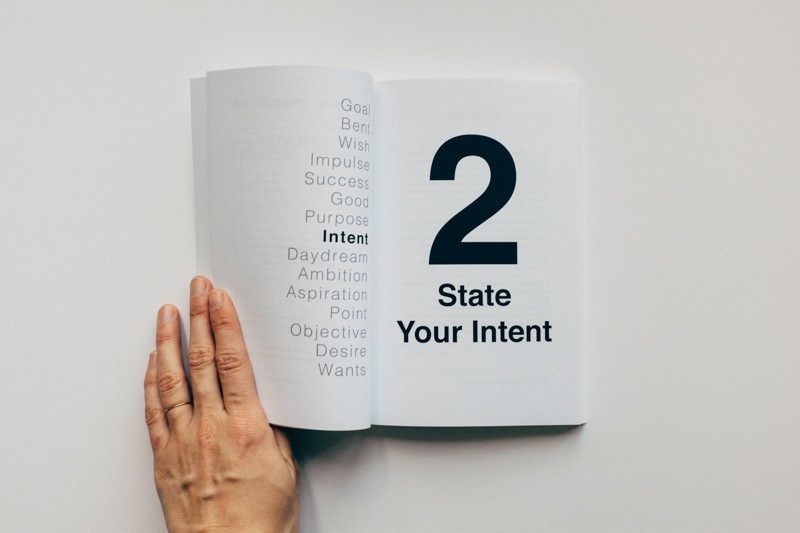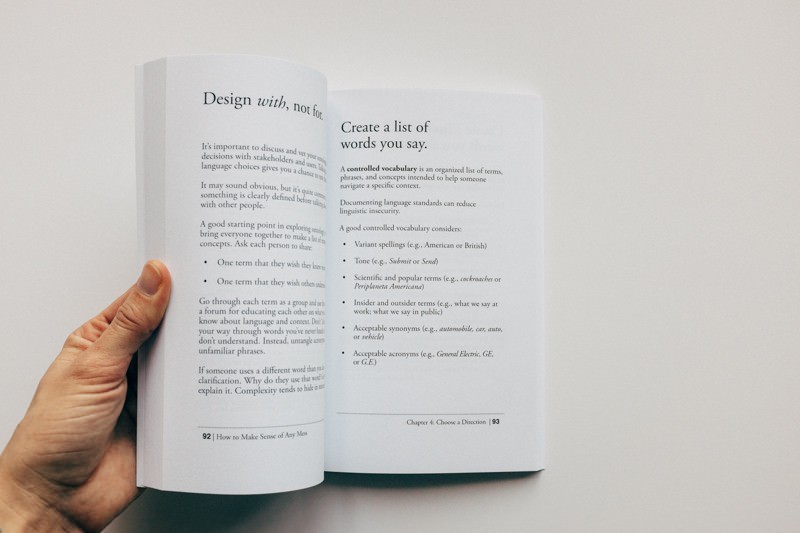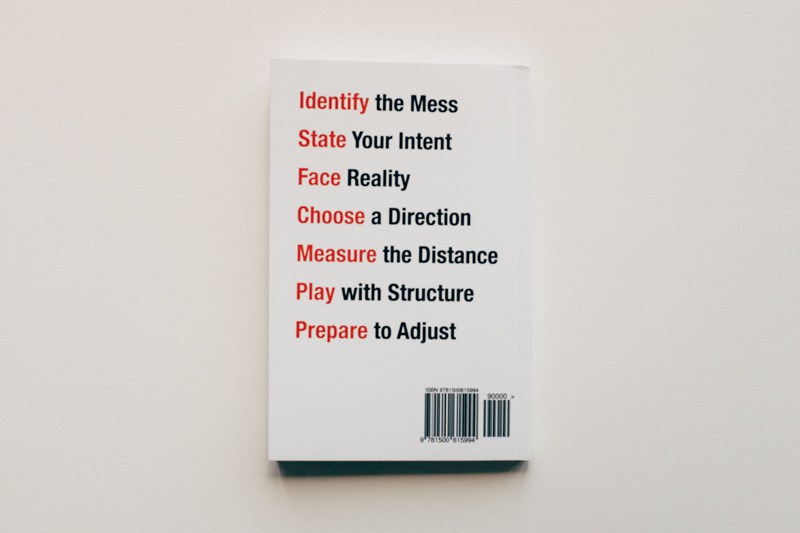How to Make Sense of Any Mess
I edited Abby Covert’s guide to information architecture for everyone.

After telling Abby (@Abby_the_IA) about my experience cowriting and editing Nicely Said, she invited me to edit her book. During the process, she managed to convince me that I’ve been an information architect all along.
We started by talking about her vision for the text: its purpose, audience, main messages, intended use, and style. Abby’s been writing and teaching long enough to notice a gap in her reference materials, so this project started as a workbook for her students. She later decided to open it up to a larger audience, rewrote it for any kind of person and—yes!—any kind of mess, and then approached me with a fourth or fifth draft of the manuscript.


We set a few deadlines and dove into developmental editing. I read the manuscript, asked questions, and made inline suggestions about the structure of the book and its examples. We did two passes there, and then Abby asked her friends and colleagues for additional feedback. I also started a style sheet to keep track of stylistic decisions like comma usage, spelling preferences, terms to avoid, and formatting for captions.
After Abby incorporated everyone’s feedback and revised the text to her liking, I read over the manuscript two more times and copyedited it. In this phase, I focus on sentence-level decisions, like word choice, perspective, grammar, punctuation, voice, and tone. Abby and I chatted a few times in person and by email to work through the gnarliest bits of information about messes made of information (so meta!).
She took one more pass at the manuscript, typeset it with her illustrations, and sent it back to me for proofreading and final comments. How to Make Sense of Any Mess is out now.
